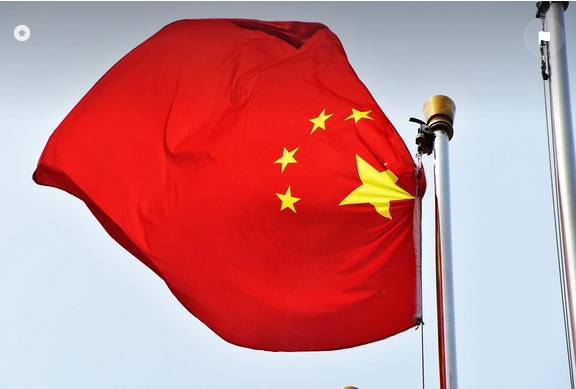China’s factories are facing an unprecedented squeeze. With U.S. tariffs on Chinese goods soaring to a historic 145%, American orders have dried up, and Beijing’s solution—to redirect those products back home—may be backfiring.
By dumping discounted exports onto its own market, China risks sliding into a deeper deflationary trap.
From Export Powerhouse to Price War Battlefield
Local governments and e‑commerce giants like JD.com, Tencent, and Douyin have rallied behind exporters, creating dedicated platforms and slashing prices by as much as 55% on goods once bound for U.S. consumers. Vice Commerce Minister Sheng Qiuping praised China’s “vast domestic market” as a vital cushion against foreign shocks, urging provinces to boost consumption and stabilize trade.
But the result has been a ferocious price war, as Barclays economist Yingke Zhou warns: “Companies are undercutting each other just to stay afloat.” As inventories build and retailers slash margins, profits vanish—and so do incentives to keep factories humming.
Deflation Takes Hold
Signs of distress are everywhere. After hovering near zero inflation in 2023 and 2024, consumer prices dipped into negative territory in February and March. At the same time, wholesale prices fell for the 29th straight month in March—down 2.5% from a year earlier, marking the steepest drop in four months.
Morgan Stanley economists predict that China’s producer price index (PPI) will deepen its decline to 2.8% in April, as factories that once churned out U.S.‑bound orders shut or idle their lines. Goldman Sachs’ chief China economist Shan Hui forecasts zero growth for the consumer price index (CPI) this year, and a further 1.6% fall in PPI—trends she says reflect the urgent need for domestic and foreign buyers to clear excess stock.
Jobs on the Line
The fallout could be dramatic for China’s workforce. Goldman estimates that 16 million jobs—over 2% of the labor force—are tied to goods shipped to the U.S. With razor‑thin margins and mounting debts, many small and medium‑sized exporters face insolvency, warns Eurasia Group’s Wang Dan. She expects urban unemployment to climb to around 5.7%, eclipsing the official 5.5% target.
A Stopgap, Not a Solution
Investment banker Shen Meng of Chanson & Co. calls the domestic‑sales push a “survival game.” Firms that once sold premium products to American consumers are now racing to clear inventory at breakeven—or even at a loss—just to maintain cash flow. That may stave off immediate closures, but it won’t rebuild healthy profit margins.
The Policy Dilemma
China’s leaders find themselves caught between stoking stimulus and defending their narrative. Unlike some Western policymakers who see deflation as an emergency, Beijing frames low prices as a temporary boon that protects household savings during an economic transition. Professor Justin Yifu Lin of Peking University argues that targeted fiscal and monetary tools can boost buying power, but even he acknowledges that structural reforms—and time—are needed.
Eyes on the Global Backdrop
On the other side of the Pacific, U.S. officials have already rescinded the “de minimis” loophole and piled on duties that once let low‑value parcels enter duty‑free. American reshoring of manufacturing could take years, Lin cautions, keeping consumer prices high in the meantime.
What Comes Next?
China’s short‑term tactic of flooding its own market may help exporters survive a brutal quarter. But without a clear path to revive overseas demand—or to rebalance production capacity—deflationary pressures are likely to intensify. Observers will be watching closely for signs of Beijing unleashing a big fiscal or monetary lifeline, or for companies folding under the weight of unrelenting price cuts and shrinking sales.
In the race to adapt, China must choose between propping up fading export champions or accelerating deep reforms that strengthen domestic consumption and modernize industries. The stakes are high: the world’s second‑largest economy could soon find itself in a deflationary spiral that spills far beyond its borders.
READ ALSO: Fierce Showdown: Central Asia’s Cutthroat Race to Control the New Silk Roads






